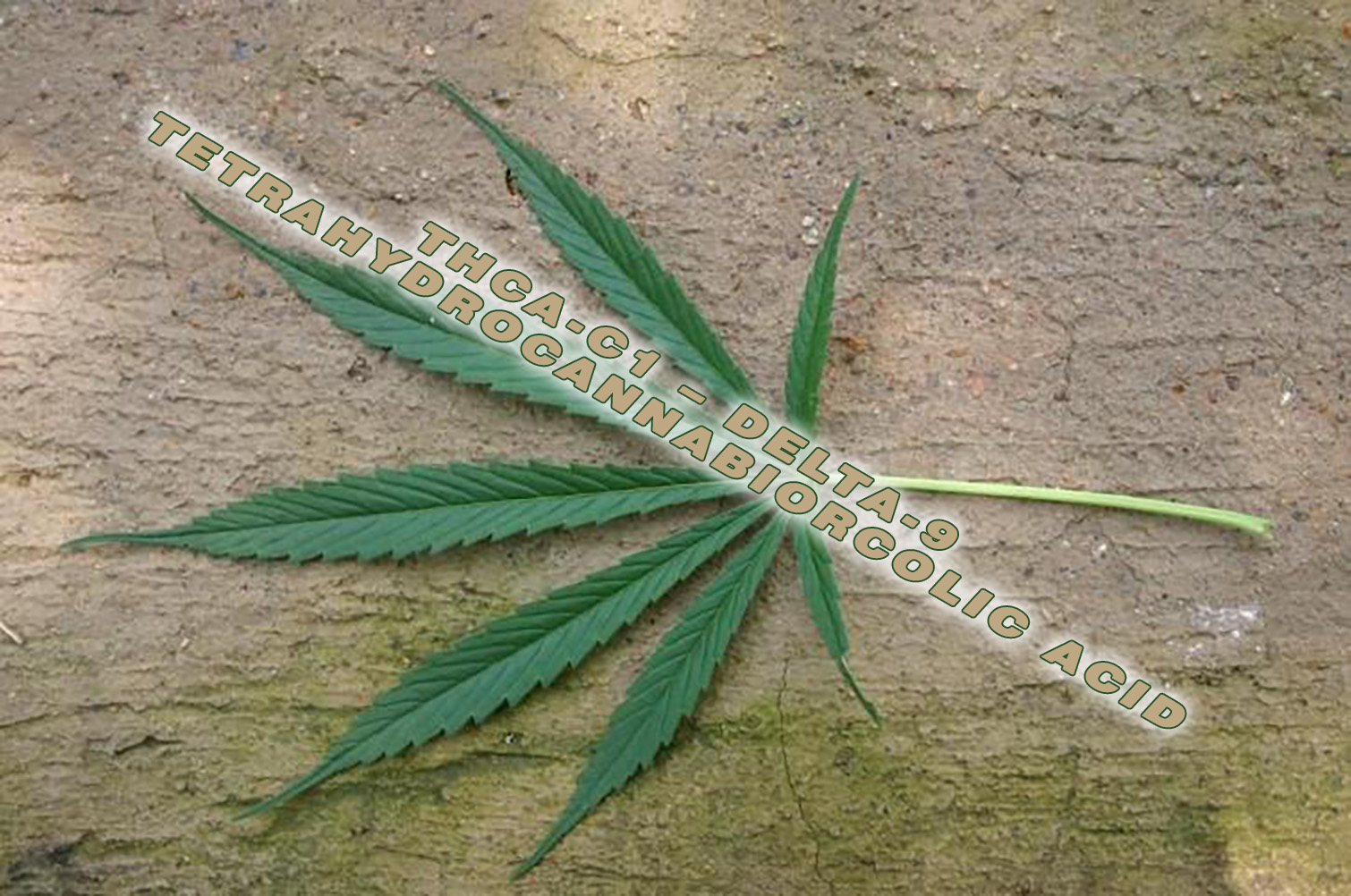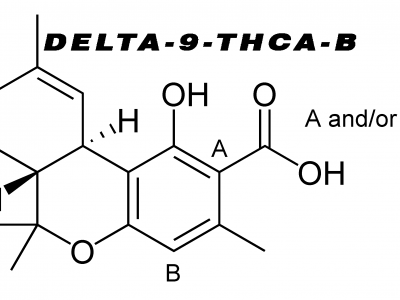THCA-C1 – Delta-9- tetrahydrocannabiorcolic acid –Pollen of Male Cannabis Sativa
Cannabis is the most popular plant all around the world. It is the plant that is most discussed on almost all forums globally. Reason?
Well, the reason is the distinctive properties of its compounds. The plant consists of hundreds of chemically active compounds. Each compound possesses distinctive chemical and physical effects. The two major compounds of the cannabis plant are THC and CBD.
THC and CBD
THC is the highly psychoactive element of the cannabis plant. In fact, marijuana is the drug that is consumed all over the world, both legally and illegally, due to its psychoactive properties.
Another compound, CBD is non-psychoactive in nature. It possesses some great medical uses and benefits. It helps reducing or to eliminate the psychoactive properties of THC.
Apart from THC and CBD, there are also some other essential compounds present in the cannabis plant. While there is still a research work going on, not all the compounds are fully discovered or studied yet.
Cannabis is currently considered as the Schedule I drug and the only way to ensure more research work on its many compounds is to remove it from this category and increase research funding.
In other words, the drug is officially as well as legally declared highly addictive and dangerous drug. This means that we lack the necessary research work that can help in the treatment of several diseases and ailments.
Cannabinoids and Flavonoid Glycosides from the Pollen of Cannabis Sativa
The chemical investigation conducted on the collected pollen grain from the male Cannabis sativa plant shows the first time isolation of 2 flavonol glycosides. The isolation was from the methanol extract along with the identification of sixteen cannabinoids with regards to hexane extract. The identified two glycosides were known as quercetin 3-O-sophoroside and kaempferol 3-O-sophoroside. These were obtained from spectroscopic methods that also include two dimensional high-field NMR experiments.
However, the characterization of each of the cannabinoid was conducted by GC-MS and GC-FID analyses. Comparatively, by both reported data and available reference cannabinoids. The identified cannabinoids include;
- Delta-9-tetrahydrocannabiorcol
- Cannabidivarin
- Delta-9-tetrahydrocannabivarin
- Cannabicitran
- Cannabidiol
- Cannabicyclol
- Delta-9-tetrahydrocannabinol
- Cannabichromene
- Cannabinol
- Cannabigerol
- Cannabielsoin
- Dihydrocannabinol
- 6a, 7, 10a-trihydroxytetrahydrocannabinol
- 9,10a-epoxycannabitriol
- 7,8-dehydro-10-O-ethylcannabitriol
- 10-O-ethylcannabitriol
Speaking of which, THCA-C1 – Delta-9- tetrahydrocannabiorcolic acid is one of the THC acidic forms. There are also other acid forms of THC but unfortunately we don’t have much information about the chemical and majorly physical effects of these compounds.
The research to fully understand the therapeutic effects of THCA-C1 – Delta-9- tetrahydrocannabiorcolic acid is still pending. The major reason for this delay or halt is the shortage of funds for research due to the ongoing debate of marijuana legalization.
On the other hand, delta-9-tetrahydrocannabinol is well researched. It acts on our bodies’ cannabinergic system, named after the plant. The system is regulated by tow prime receptors known as CB1 and CB2. While CB1 is responsible for marijuana’s psychoactive effects, CB2 acts for the plenty of the long-term benefits of marijuana including treatment of inflammation and other related diseases.






